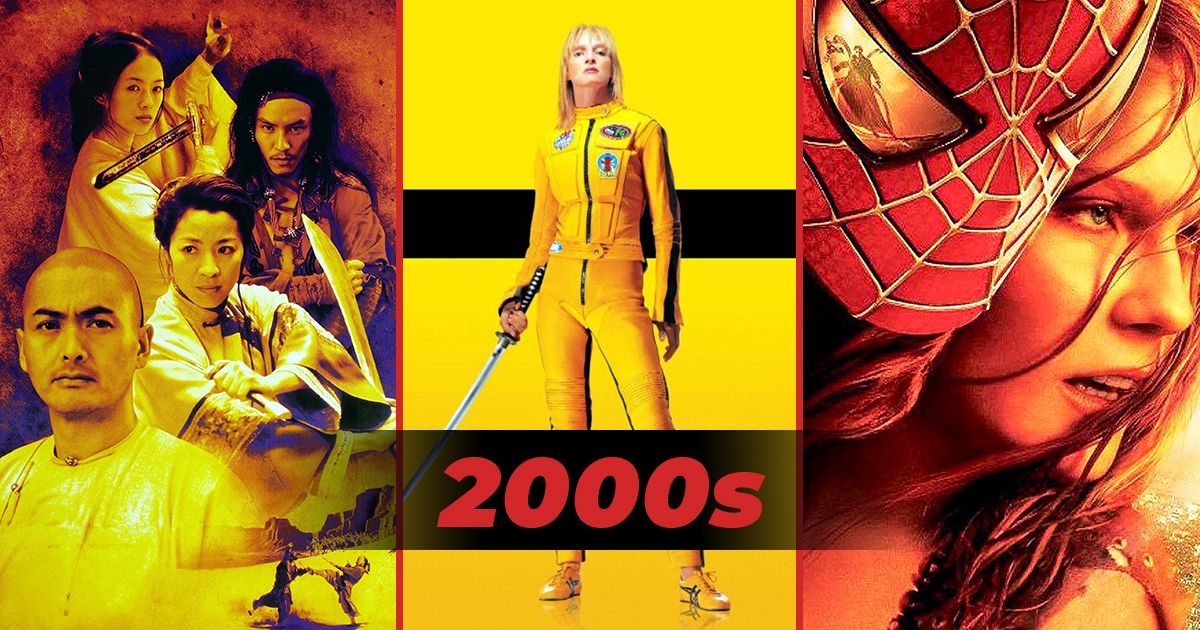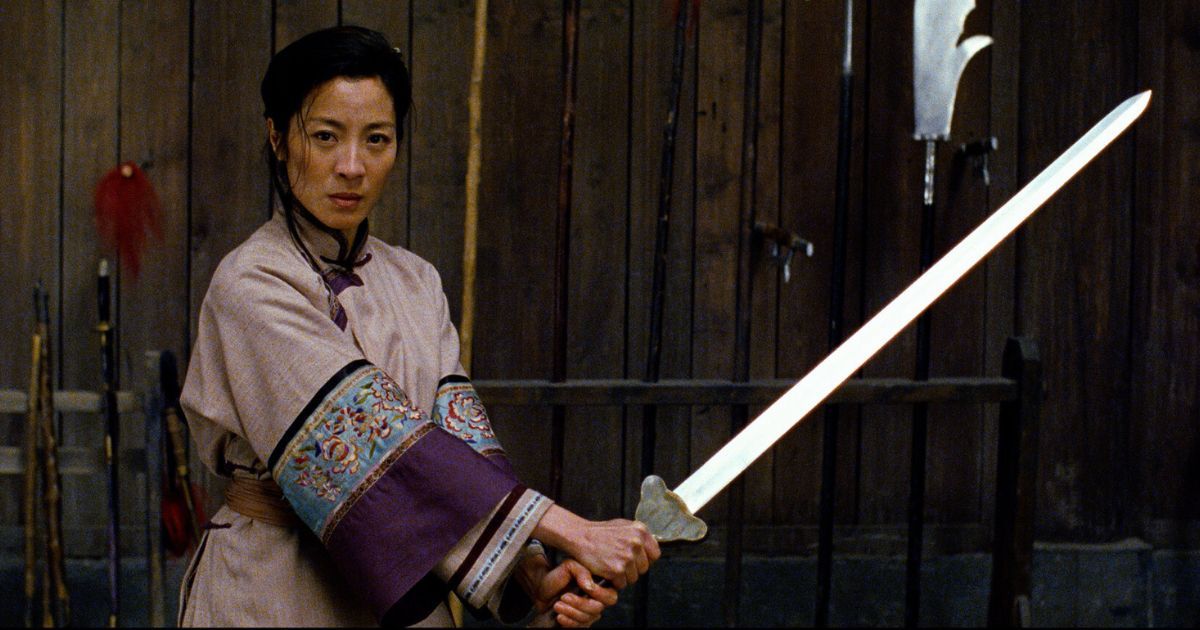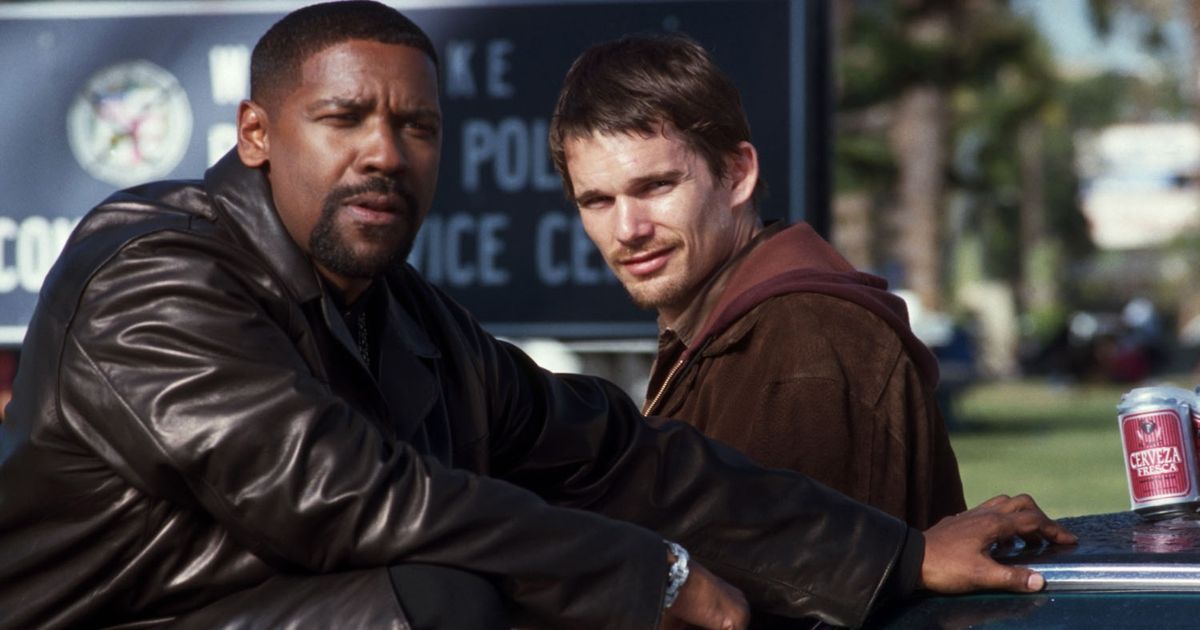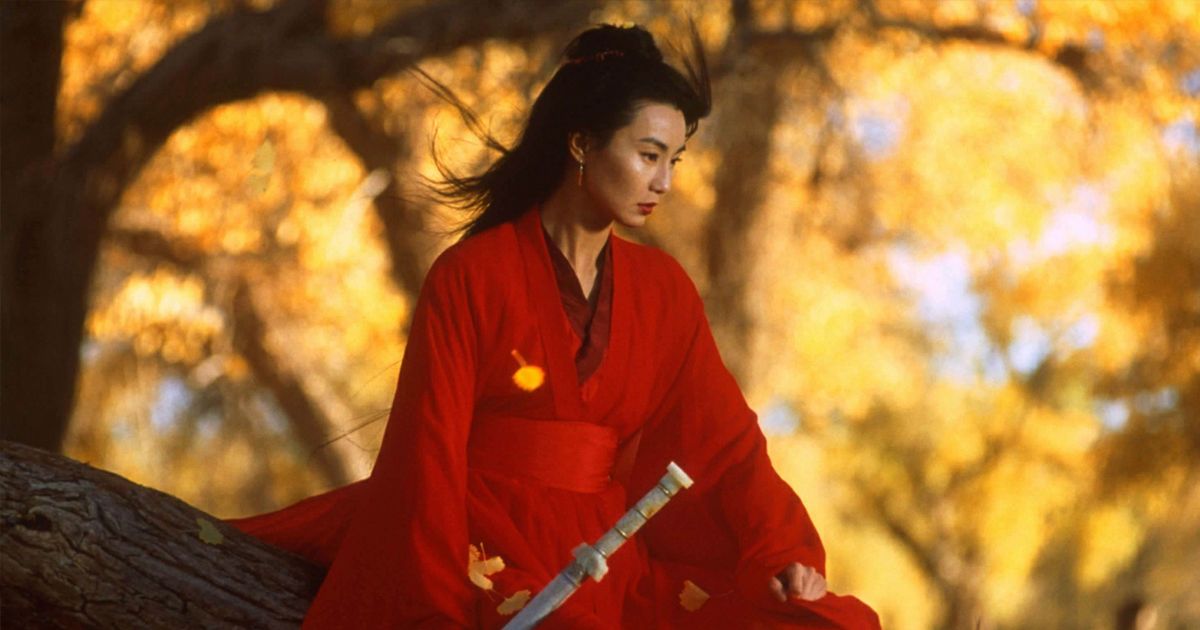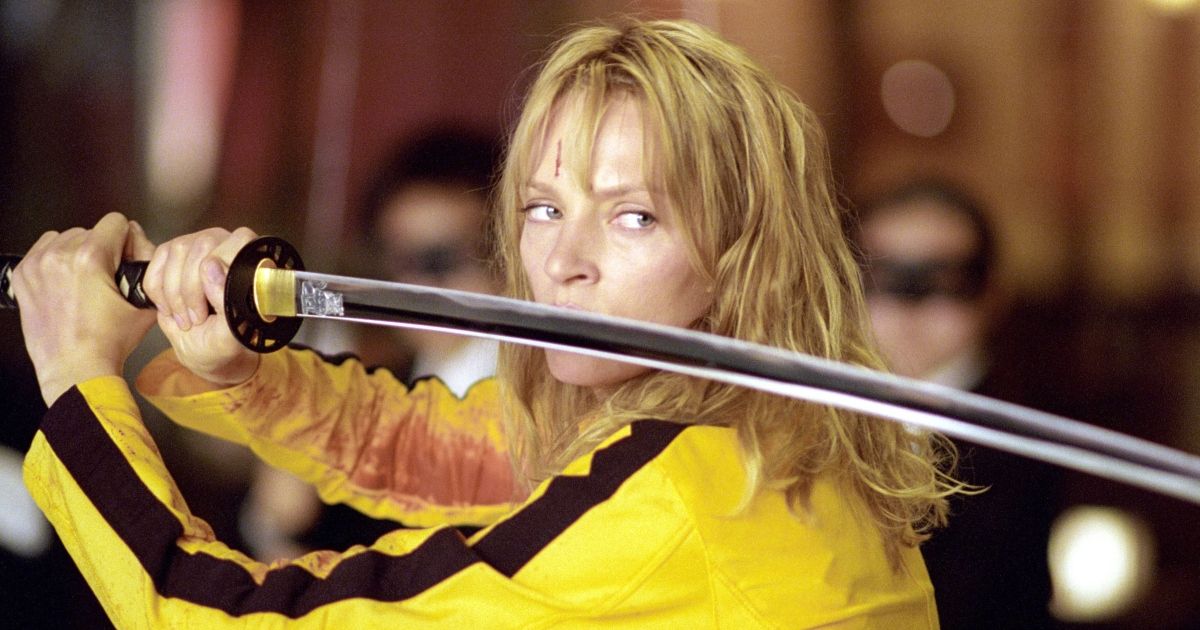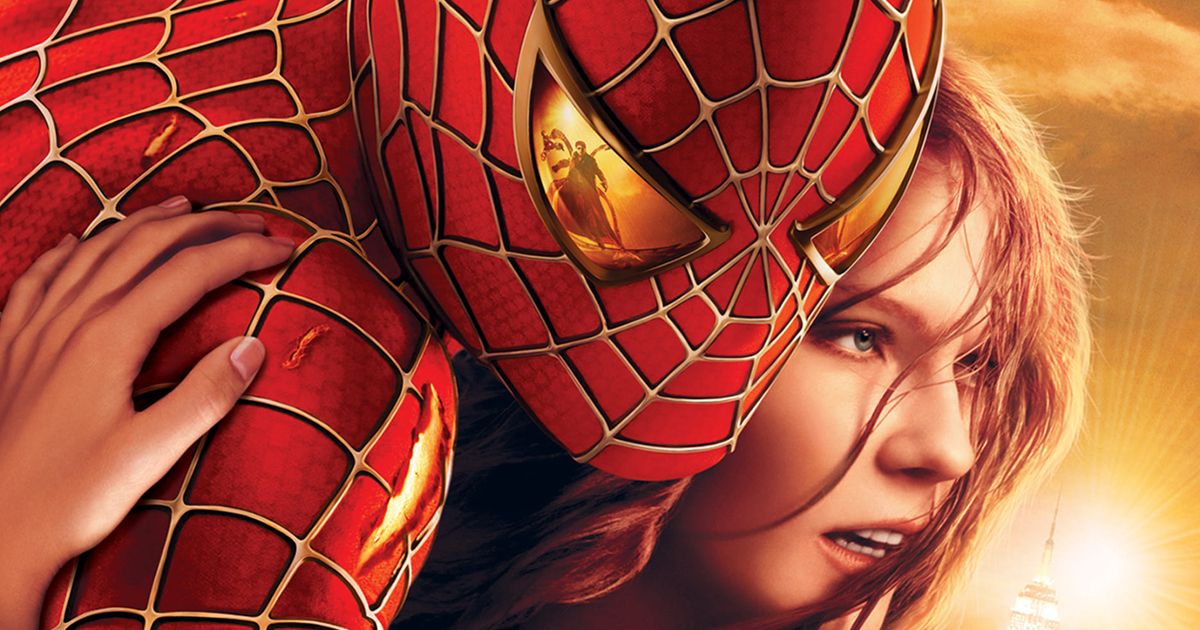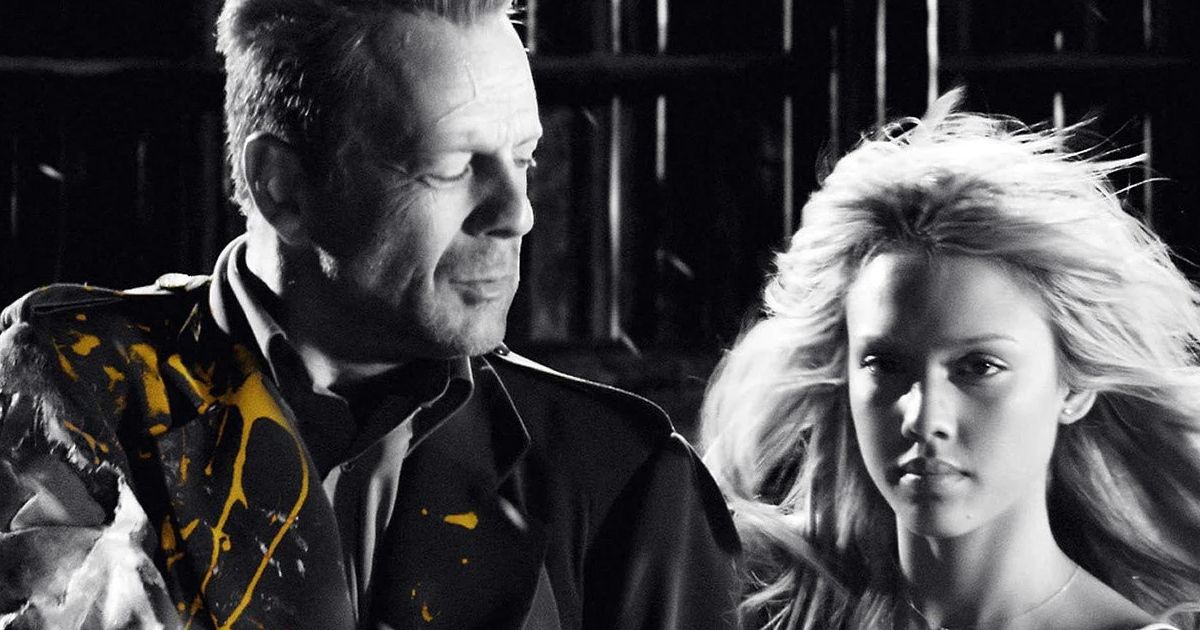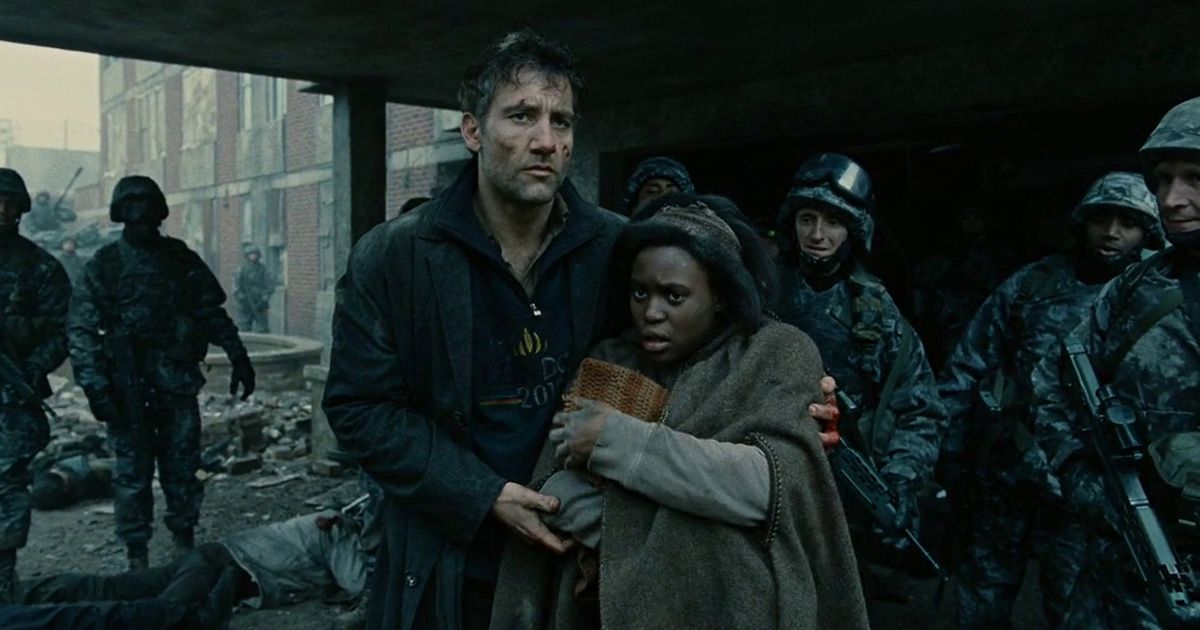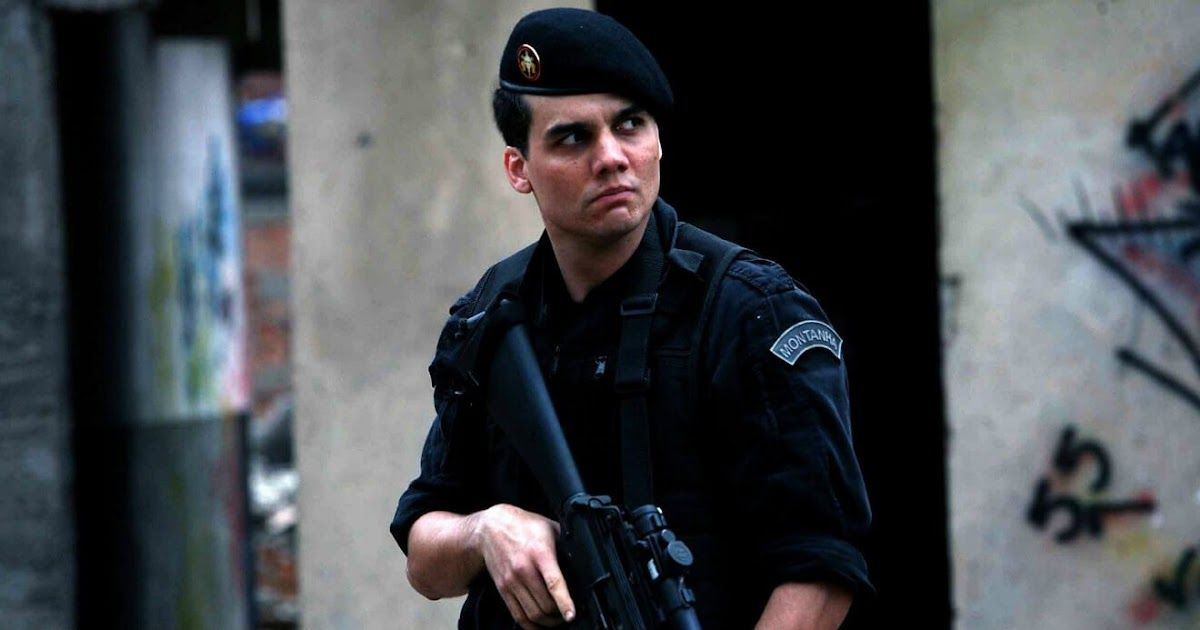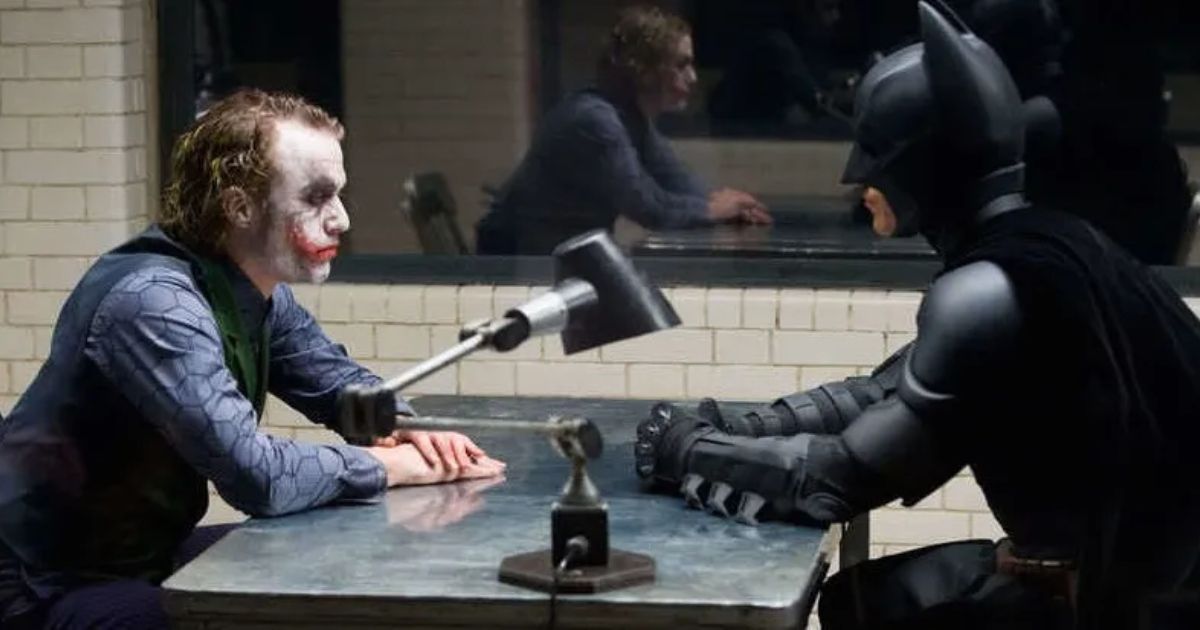There were many action movies from the 2000s that reshaped the film industry and influenced aspiring filmmakers to think outside the box, embracing new technologies and finding their own distinguishable voices even in the most simple stories.
The 2000s were a period of transition in the film industry, assimilating the turn of the millennium and gradually embracing new technologies such as 3D. Asian cinema started ahead with unique martial arts films, while the United States seemed to alternate between the rise of original content and the safety that comics and video game adaptations brought. The result is a quite disorderly decade, although it delivered memorable action movies under the radar.
2000: Crouching Tiger, Hidden Dragon
Before releasing Brokeback Mountain and Hulk in the 2000s, two distinctively different movies, director Ang Lee kicked off the decade with an ever more unique film: Crouching Tiger, Hidden Dragon. This action-packed martial arts movie from China revolves around a young warrior who steals a legendary sword and engages in a risky escape with a mysterious man.
The film launched renowned movie stars such as Zhang Ziyi and the Oscar-winner Michelle Yeoh into the mainstream, getting a deserved international recognition for its inventive combat scenes and mystical narrative. While watching Crouching Tiger, Hidden Dragon, viewers will often find themselves wondering how was certain scenes made, given how otherworldly they look.
2001: Training Day
Training Day is a modern classic that perfectly blends crime action with psychological thriller, delving deep into the shattered psyche of its main characters. In the film, Ethan Hawke plays a cop on his first day as a narcotics officer assigned to work with a rogue detective called Alonzo Harris, played by Denzel Washington, an unpredictable man whose mask falls off to reveal his unscrupulous nature and violent methods.
Despite being Antoine Fuqua's first big movie, Training Day caused a major impact in 2001 for its realistic depictions of authority abuse. The anxiety-inducing action sequences effectively fit in the film's cold and upsetting mood, and the brilliant lead performances led both Hawke and Washington to get Oscar nominations, the latter bringing the award home.
2002: Hero
The success of Crouching Tiger, Hidden Dragon in 2000 dictated a wave of Asian action movies with international relevance in the decade, and Hero stands out as one of the best. The action epic is set around 227-221 B.C., in ancient China, when a powerful warrior known as Nameless is summoned by the King of Qin to tell the story of how he defeated three of the most dangerous assassins of their time.
Battle scenes get as emotionally powerful as they can get in Hero, a movie that balances great advances in CGI with the practicality of well-choreographed fight scenes. Nothing is tame in Hero, everything has to take massive proportions in the film, and these narrative embellishments are precisely what makes the movie so entertaining and compelling to watch; every scene is an exuberant box of surprises.
2003: Kill Bill Vol. 1
Kill Bill Vol. 1 is an American production that doesn't even try to hide its Asian cinema tendencies. In fact, Quentin Tarantino was always keen on paying tribute to his favorite movies and filmmakers by implementing their trademarks in his original stories, and Kill Bill is the best example of that.
Using a typical revenge story as a basis, the first volume introduces the "Bride", a skilled swordswoman who sets out to exact revenge on her employer and his team of unrelenting assassins after they fail to get rid of her. There's not a lot about Kill Bill that hasn't already been said: it's fun, bloody, and thrilling in a way only Tarantino could've pulled off.
2004: Spider-Man 2
Not everyone will remember how jaw-dropping the Spider-Man action sequences were in the hands of Sam Raimi, which gives an idea why his friendly neighborhood movies are regarded as the best. Spider-Man 2 has everything a good superhero movie needs: a villain with understandable motivations, an intimate search for identity, characters who come and go with a purpose, and well-crafted face-offs.
The whole train sequence speaks for itself, and pretty much summarizes everything the movie stands for: the man behind the mask and the hero finally become one. A hero's identity crisis is something that isn't talked about enough in the genre, and Spider-Man 2 does an amazing job of exploring Peter Parker's dilemma.
2005: Sin City
Sin City is on the same level as acclaimed movies such as Watchmen and Scott Pilgrim vs. the World when it comes to immersing the audience in a distinguishable graphic novel atmosphere. The movie adapts Frank Miller's comic book series of the same name, replicating the cold, black-and-white visuals of the source material and the same sudden outbursts of color to create a unique atmosphere of dread and despair. Action and violence are part of the leisure of Sin City's characters; broken, lawless people stuck in a vicious cycle of corruption, death, and misery.
2006: Children of Men
Children of Men is set in a turbulent near future in which humans can no longer have children, and a former activist reluctantly accepts to bring a miraculously pregnant woman to safety. Blending action with sci-fi, the film has a philosophical approach that challenges the audience to stop and think about the future of mankind.
Children of Men takes its time to develop the characters and patiently elaborate the main conflict, then all of a sudden the movie takes viewers by surprise with an unexpected, intense one-shot sequence filled with car chases, gun fights, and shocking deaths. In fact, there are plenty of memorable long one-take shots in Children of Men that, on paper, seem impossible to make, but cinematographer Emmanuel Lubezki challenged the impossible by creating a realistic scenario of imminent death that puts the viewer in the shoes of the characters onscreen.
2007: Elite Squad
The dangerous slums of Rio de Janeiro are a recurring theme in politically charged Brazilian productions, aiming at raising awareness of class discrimination and the violence that corrupts the city's impoverished areas. Then comes Elite Squad, a movie that follows a Special Police Operations squad assigned to clear the streets from illicit activities and drug dealers, even if they have to resort to violent methods to do so.
Elite Squad couldn't be clearer in its anti-authority-abuse message, with police officers brutally invading other people's residences and pointing their fingers, when not the guns, at innocent people. The movie still has memorable action scenes featuring confrontations between police and bandits, yet a good chunk of the film's audience missed the point and interpreted it as a pro-military production.
2008: The Dark Knight
The Dark Knight remains the most important comic book movie in recent memory, and it's safe to say that every superhero adaptation that came after it has a little bit of The Dark Knight in them. That's because Christopher Nolan emphasizes the humanity of the characters like no one else.
It's rare to see a superhero movie in which the villain steals the show to himself, but it's Heath Ledger's timeless Joker who stands out as the sole force of chaos pulling the strings of the narrative. The reason viewers don't get to see Bruce Wayne at all times, and even witness him make a deadly mistake, is because Nolan wants to tell each individual story — Jim Gordon, Harvey Dent, Rachel Dawes, and so on — in a way the audience actually cares for these characters and understand what impels them to act the way they do. In addition, The Dark Knight showcases how Batman is just as vulnerable as the people he tries to save.
2009: Avatar
The 2000s came to an end with one of the most revolutionary action movies of all time, whether people like it or not. It's not wrong to say Avatar has a fairly conventional story: an underdog gets a chance to make his country proud, then turns against his authorities and takes the enemy's side. However, the movie's biggest strength lies in the commitment to the technological techniques it brought along, exploring every possibility of 3D in order to craft a unique, immersive experience.
Even the most skeptical viewers will let their judgments aside once the action gets going: with many explosive moments and an electrifying third act, Avatar fully embraces cinema as a visual spectacle and hasn't aged a bit over 10 years later.

